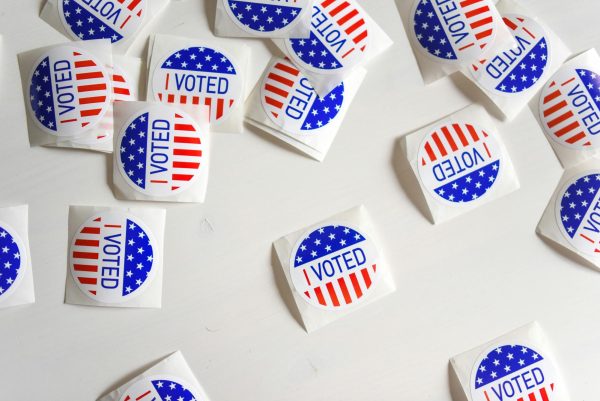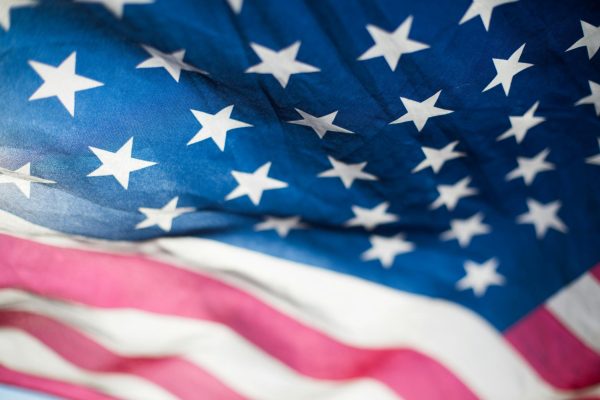Harnessing Anger Following Racist Incidents
ELHS re-evaluates its response to racist incidents to facilitate growth
Opinion Of: NOELLE AVENA
The Day published an article on Sept. 30 revealing an aggressive student retaliation against a student who made a racist post on social media one year prior. Among other quotes, like “Segregation existed for a reason,” the post said, “I just don’t care about black people.” The student body and community were suddenly faced with a challenge they are ill-equipped for: how to respond.
The natural response to injustice is anger. Anger can be poignant, anger can be moving, and anger can be justified. But it’s anger that could be the hidden barrier stopping ELHS from taking the next steps forward in protecting its students against racism and healing from these events.
In response to the post, the retaliatory student filmed a video of them finding the student and threatening them, including telling them to never come back to the school. Especially for teenagers, the most extreme way to respond can feel like the best way to respond.
“You guys are imitating what you’re seeing modeled out in society by adults. Even, to an extent, the comments you see under The Day articles. You can’t expect kids to act better than that when society isn’t modeling that better,” assistant principal Mr. Kydd said.
It’s an instinctive response to want to “call out” racism, but these very people need to be present and welcome in critical conversations concerning racism for them to unlearn these behaviors.
School happens to be the perfect environment for this form of encouraging people to do better in a way that’s non-condemning as it’s already an institution for fixing mistakes and learning.
Student minds are also still growing and can be remolded, but only if their mistakes are met with a response that doesn’t drive them deeper into an ingrained way of thinking. We need an environment where anyone in the school can tell someone, “That is inappropriate” and still be able to stay in the room together.
In order to handle the anger that comes from bearing witness to injustice, students need to be equipped to have conversations with their peers when situations arise.
“In grades 9-12, that tool kit has to be things that you can take into life. You might not have an assistant principal to go to, but you’ll have those tools at that point in time. Angry responses don’t tend to be long-lasting responses,” Ms. Kelly said.
This must be a K-12 commitment with age-appropriate content at every level. Tools start simple, like how to say sorry after making a mistake, how to accept someone’s apology, even when you’re hurt, and how to debate a point effectively, but these lessons will evolve to address more mature situations as students age. If students are given the room to explore their own views and given permission – by peers and adults – to make mistakes in a safe and regulated environment, change-making conversations can become an ELHS staple.
Those who most need these lessons on equity and inclusion are the least likely to engage with them.
Without the target demographic’s involvement, efforts to eradicate racism in ELHS fall flat, and racism lies dormant until the next incident surfaces. Change needs to come down from the administration and the involved student body with enough force that it resonates out to the farthest corners of the student population.
“There are probably dozens of situations students have every day that are pretty problematic. Not all of them are public. But when it becomes public and it becomes discussed by the student body, we all, as a group of over 1,000 people, have to put ourselves in the shoes of those who could be most impacted by a conversation like this. Through this, we make a community where everyone can feel welcomed,” Mr. Kydd said.
Being a part of a community means having a defined role when things go wrong. Some write articles, some initiate conversations, others enact policy changes. Students need to identify and fill their role in responding appropriately, but first, they must be taught how to harness their anger. Productive change will come from cultivating an environment where students can find a place to both feel their anger and practice their forgiveness. In order to reach the hearts that need changing, students’ thoughts and experiences with injustice must find a voice within the classroom.
Your donation will support the student journalists of East Lyme High School. Your contribution will allow us to purchase equipment and cover our annual website hosting costs.


